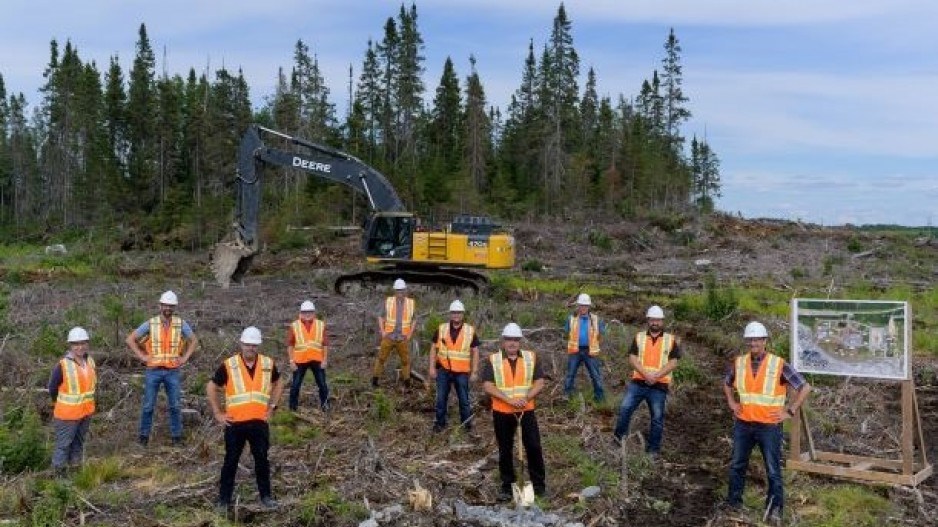Canada’s mining sector has recovered from the challenges of the pandemic, but more investment is urgently needed for Canada to fulfill its promise as a key player in the global green economy, says a new report from the Mining Association of Canada (MAC).
“The Canadian Mining Story: Economic Impacts and Drivers for the Global Energy Transition,” released on Wednesday, details how the sector contributed C$125 billion (or 5%) to the country’s GDP in 2021.
But while the report notes encouraging actions from the federal government to help build an efficient investment and regulatory environment, such as its unveiling of the nearly C$3.8-billion Critical Minerals Strategy last December, the 2022 Fall Economic Statement and the 2022 and 2023 budgets, it says more needs to be done.
Canada is no longer the top producer of minerals needed for a low-carbon economy, like zinc and nickel, MAC says, and many other minerals aren’t being produced at the level they were a decade ago. The report points to a decrease in mineral investment as the cause of the production decline.
“The stakes have never been higher and this year’s report demonstrates that, with the right supports, our industry will be better able to provide the sustainably produced products essential to businesses and the public, both domestically and for our allies across the globe,” said MAC President and CEO Pierre Gratton.
To keep the sector competitive, MAC recommends further investments in domestic mineral processing; expanding government exploration programs like the Mineral Exploration Tax Credit (METC) and undertaking wider mineral resource assessments to include their mineral potential in land management decisions; more investment in infrastructure, particularly in the Far North; and further investment in developing a skilled workforce, especially among Indigenous people.
Despite the sector’s unfulfilled potential, MAC lauds government support for mining over the past 12 months.
In last year’s budget, the government doubled the METC for specific critical minerals; while this year’s budget pledges to improve the efficiency of timelines and permitting processes for new projects by the end of the year.
“[Those measures] will improve our industry’s ability to provide the minerals and metals integral to low-carbon technologies and the energy transition – this is good news as time is of the essence if we are to establish Canada as the global mining supplier of choice,” Gratton said.
Compared with other mining jurisdictions, Canada also better fills the need for minerals and metals and with higher social and environmental standards, the report says.
“Building green economy value chains provides a once-in-a-generation chance for Canada. We can be a key player in the economy of the future if we seize the opportunity before us,” he said. Mining was a significant part of the economy in 2021, and formed a larger portion of its C$7-trillion GDP value than finance, construction, transportation or retail trade. It also employed 665,000 people in 2021, with 403,000 people directly employed in mining and 263,000 indirectly employed. Mineral exports reached record levels that year, forming 22% of Canada’s total merchandise exports.




